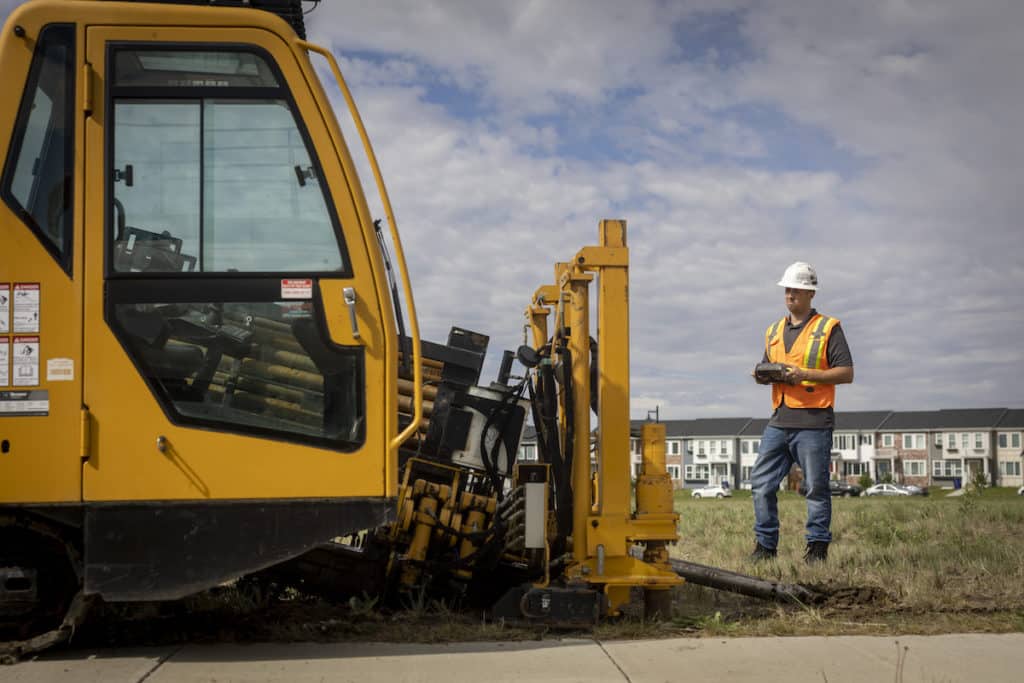In the constantly changing world of borehole technology, horizontal drilling stands out as a game changer, offering accuracy and effectiveness that traditional methods just cannot compete with. For individuals who do not know the term, directional drilling is defined as the method of drilling angled wells, enabling operators to move through underground with remarkable precision. This breakthrough has overhauled various sectors, including the oil and gas sector to utility installation, facilitating projects to be executed more rapidly and with minimal interference with the ground.
As metropolitan areas continue to expand and the appetite for greener energy raises, the relevance of directional drilling is more clear than at any time before. Its capacity to move through complex terrains and access hard-to-reach areas makes it crucial for contemporary construction projects. In this article, we will examine the advancement of directional drilling technology, analyze its multiple uses, and highlight the significant benefits it brings to various fields. Whether you are just starting out looking to grasp the basics or a practitioner interested in the latest trends, this guide will provide important information about the fascinating world of directional bore drilling.
Understanding Directional Drilling
Directional drilling is a technique used in multiple industries to create boreholes that stray from a perpendicular path. In contrast to standard vertical drilling, which drills vertically, directional drilling allows drillers to reach targets that are not directly below the drilling site. This methodology is critical for accessing assets situated under challenging terrains or urban environments, facilitating more efficient resource extraction and installation projects.
The procedure involves utilizing specialized tools and technology to guide the drill to the targeted angle and direction. Equipment such as mud motors and drill bits are necessary for carrying out precise movements underground. Additionally, live data surveillance systems help record the position and course of the drill bit, ensuring that it remains on course throughout the operation. This capability is particularly important in challenging projects, where ensuring accuracy is crucial for success.
Directional drilling has become progressively important in the oil and gas industry, as well as in service installation and renewable energy projects. It decreases the need for widespread surface disruption and limits environmental impact, enabling the responsible development of resources. As technology continues to advance, the uses of directional drilling are broadening, making it a key component of contemporary infrastructure development.
Benefits of Directional Drilling
Directional drilling gives numerous benefits which greatly improve the effectiveness of project execution and overall performance. A notable benefit includes the capability to lessen surface disruption. This method allows drill paths to navigate around barriers and making it possible to drill beneath sensitive areas, directional drilling greatly decreases the need for extensive surface clearing or excavation. This is particularly advantageous in urban areas where space is limited and disruption to daily activities must be minimized.
Another key advantage, of directional drilling includes its cost-effectiveness. Conventional drilling techniques often demand greater labor requirements, prolonged schedules, and increased equipment usage, which causes increased total expenses. In contrast, this method enables a more efficient resource allocation, which translates to reduced time and money spent on the project. This efficiency allows projects can be finished more quickly, which is beneficial for both builders and customers seeking to maximize their capital.
Additionally, directional drilling plays a crucial role in safeguarding the environment. Thanks to its capability to navigate under bodies of water and delicate environments, it helps to protect these essential zones from pollution and damage. This eco-friendly technique not only adheres to regulatory guidelines but also builds a good reputation of projects, making it an important choice for companies aiming to enhance their sustainable practices while meeting their business objectives.
Future Developments in Directional
The prospects of directional drilling is shaped by advancements in technology that boost efficiency and precision. One of the significant trends is the inclusion of artificial intelligence and ML. These tools are being employed to assess drilling data in real time, facilitating better decision-making and precise path planning. As AI platforms develop, they will refine the drilling process by predicting potential issues and adjusting drilling parameters on-the-fly, ultimately minimizing downtime and costs for drilling entities.

Another significant trend is the growing adoption of automation in drilling operations. Automated technologies are being developed to oversee various stages of the drilling process, from tracking bore paths to tweaking drilling parameters automatically. This shift towards automation not only enhances safety by cutting down the number of personnel needed on-site but also facilitates more consistent and steady drilling performance. Organizations that implement these automated solutions will likely find a market advantage in the rapidly evolving energy sector.
Lastly, the focus on green practices is driving developments in directional drilling techniques. As Vacuum Excavation Northern Ireland towards sustainable energy solutions, there is a growing demand for methods that minimize environmental impact. Directional drilling is well-suited for this shift, as it allows for the installation of infrastructure with minimal surface disruption. Future developments are anticipated to involve eco-friendly drilling fluids and improved waste management practices, making sure that drilling not only meets the current energy demands but also conforms to sustainable infrastructure goals for the future.
